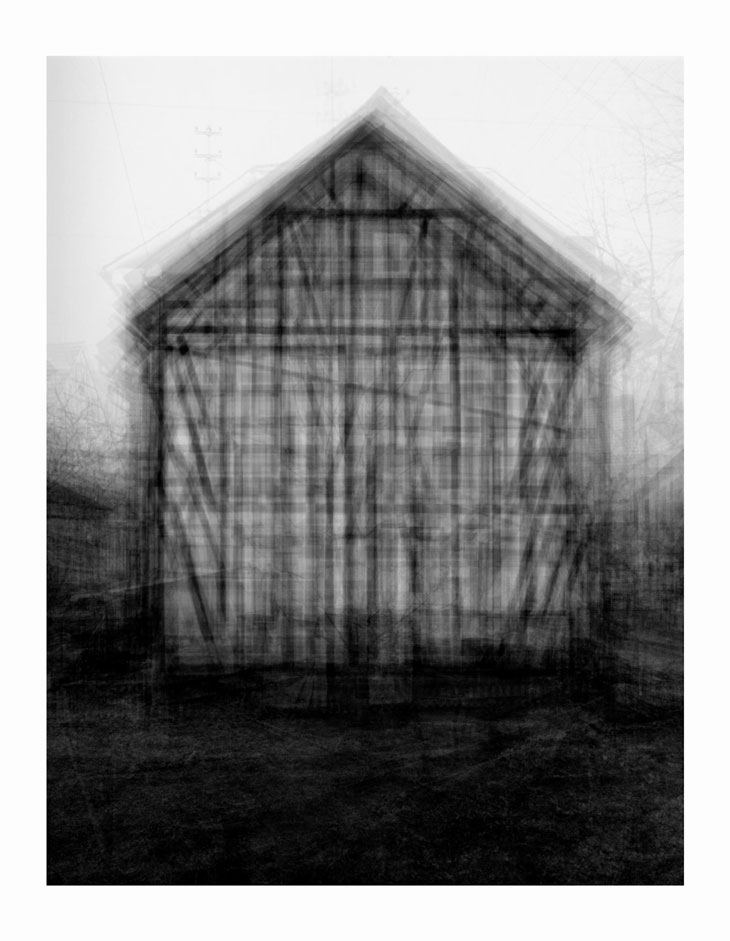Masculinity:

Qualities or attributes regarded as characteristic of men or boys. Masculinity involves displaying attitudes and behaviours that signify and validate maleness, and involves being recognised in particular ways by other men and women.

Boys/ men are portrayed to act all tough and strong and told to hold and show no emotions, this therefore shows us a clear image of what men are/can be. We all believe that women and the sensitive ones and its ok to cry whereas if a boy shows any tears they are seen as weak and need to man up. This shows a negative image as we aren’t really seeing what boys/ men are but the mask that they put on. I believe that men/ boys should be able to do anything they desire as long as its right and respectful, although they are seen as strong they sometimes use that as their advantage which shouldn’t be seen as a positive aspect of being a man, everyone has an opinion and everyone has feelings that they express otherwise they get bottle up and create more anger inside someone’s minds.
Personally I believe that men/boys act stronger than what they are in all positive ways as they create a shield in front of them to block any negative things from coming their way.
based on the internet I found that a man who is truly masculine embraces responsibility and loves, honours, protects and provides for his family and loved ones.
What is healthy masculinity?
What Is Healthy Masculinity? Healthy or positive masculinity is the idea that men can be emotionally expressive, have female friends or mentors, and express their emotions without feeling emasculated.
What does toxic masculinity mean?
Toxic masculinity refers to the notion that some people’s idea of “manliness” perpetuates domination, homophobia, and aggression. Toxic masculinity involves cultural pressures for men to behave in a certain way. And it’s likely this affects all boys and men in some fashion.
What is gentle masculinity?
Gentle masculinity is supportive, caring, loving, gentle and kind. There is banter, yes, but it’s gentle banter. It’s supportive banter compared to that of “sour masculinity,” which is marked by aggressive behavior, harsh sexualized language, abusive and cold banter about women, and constant put-downs between boys.
FEMININITY:

Qualities or attributes regarded as characteristic of women or girls. It is both a means of ‘getting ahead’ as much as it can be a form of distraction. Being in the feminine means taking time as it comes and feeling into situations. It’s about trusting intuition and allowing time and space for life to unfold.
however women/girls are portrayed to be more fragile and weak, we are supposed to stay at home and cook, clean and do all the house work, this gives us an impression that women are seen as helpers, I personally believe that women are a lot more than that and have a lot more potential.
Other forms: feminists. A feminist is someone who supports equal rights for women. If your brother objects strongly to women being paid less than men for doing the same job, he’s probably a feminist. If you believe that women should have the same political, social, and economic rights as men, you are a feminist.
we use a stereotype on women where they belong in a kitchen and being a house wife when women want to have freedom and rights they deserve the same rights as men as we are all equal, it is said that women are more weak and men are stronger which doesn’t define someone and isn’t necessarily true

There are seven feminine archetypes that prevail in contemporary western society—the mother, the maiden, the queen, the huntress, the sage, the mystic, and the lover. The presence of these archetypes in our psyches accounts for the major differences among women.
What is very feminine behavior?
This may include being passive, naive, sexually inexperienced, soft, flirtatious, graceful, nurturing, and accepting.
What are the three types of femininity?
Type 1: Careerist Femininity. Type 2: Individualised Femininity. Type 3: Vocational Femininity.
Binary opposition
Binary opposition originated in Saussurean structuralist theory in Linquistics (scientific study of language) According to Ferdinand de Saussure, binary opposition is the system by which, in language and thought, two theoretical opposites are strictly defined and set off against one another. Using binary opposites can often be very helpful in generating ideas for a photographic project as it provides a framework – a set of boundaries to work within.
A binary opposition is very easy to identify as its the basics of opposites for example:
Black Vs White
Peace Vs War
First world Vs third world
Good Vs Evil
young Vs old
Man Vs Nature
Girl Vs Boy
Strong Vs weak
Ignorance Vs wisdom

































